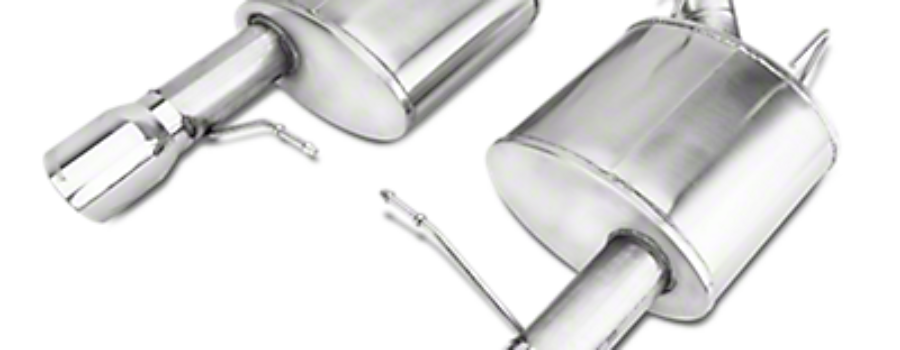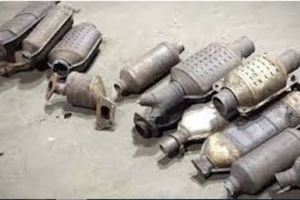A car’s exhaust system is a network of metal pipes that go from the car’s engine to the tailpipe. Basically, an automotive exhaust system collects the engine’s combustion gases, converts them, and then leads them away from the vehicle. In addition to keeping the environment clean by limiting harmful emissions, the exhaust system also helps reduce noise pollution. The following is a list of the major components of a modern vehicle’s exhaust.
Exhaust Manifold
The exhaust manifold is attached directly to the engine, and it leads the engine gases to the first exhaust pipe. This handy piece of cast iron (or stainless steel for some cars) acts like a funnel for the gases that come from the engine’s cylinders. Also, the manifold will burn off leftover gases from the engine. It is built to withstand rigorous vibrations and heat. Some of the most common problems with manifolds are loose or broken mounting bolts. However, today’s exhaust manifolds are built to last.
Exhaust Header
The car’s header is similar to a catalytic converter, but the header is designed for performance. A header offers optimal flow of gases, which increases efficiency and power. Exhaust system headers can be upgraded and customized. In addition, most headers are made by aftermarket automotive companies.
Exhaust Piping
Throughout the exhaust system, the main components of the exhaust are independent of each other. Stainless steel pipes, rubber hangers, and metal clamps connect the exhaust system components together. Exhaust pipes and clamps are made of stainless steel to withstand extreme heat. Over time, bolts can break and clamps will come loose. When exhaust system pipes are cracked or loose you will know from the noise it makes.
Oxygen Sensor (O2 Sensor)
The O2 sensors detect how much oxygen is in your car’s exhaust. There are generally more than one sensor for most cars. The sensors allows your car’s computer to make adjustments for fuel economy and emissions. With that, if your check engine light is on, a faulty oxygen sensor can be the culprit.
Exhaust System Catalytic Converter
A car’s catalytic converter was developed to help convert harmful gases into CO2 and water vapours. Your engine emits gases such as hydrocarbons and nitrous oxides. In short, your car’s catalytic converter helps reduce air pollution.
Clamps, Hangers, Flanges
Your entire exhaust system is held together by clamps, hangers and welded metal. The exhaust flange is a flat metal part between the manifold and the engine cylinder heads. Flanges are designed to resist heat and they also help reduce noise and friction. In addition, exhaust hangers are made of thick rubber and they are used to hold your exhaust system up. Hangers can wear down over time and should be replaced to avoid expensive repairs later.
Muffler
The muffler is your car’s silencer. Muffler’s can be custom built for a high performance sound and look. If a muffler is not enough, an exhaust resonator can often be found in the back of the muffler. A resonator uses sound waves to cancel each other out and reduce noise as well. However, when your car needs a muffler shop your muffler will not be quiet about it.
Exhaust Tailpipe
The tailpipe is the final phase of a vehicle’s exhaust system. A tailpipe is connected to the muffler and it directs the gases and water vapours away from the vehicle. Moreover, the tailpipe can also be custom built for style and appeal.



